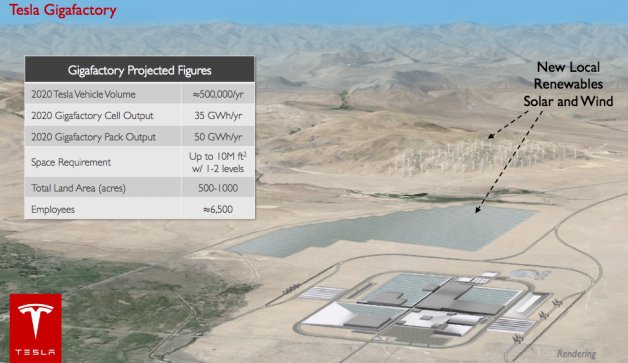Filed under: Manufacturing/Plants, MPG, Mazda

Mazda's US sales are down a little bit but the company's fuel economy is almost assuredly up. That's because its fuel-saving Skyactiv drivetrain technology is essentially taking over US vehicles sales. To the tune of about five out of every six vehicles sold, at least.
While the Japanese automaker's US sales in February fell 2.4 percent from a year earlier, Skyactiv accounted for 83 percent of its sales last month. Most notably, Mazda6 sales jumped 46 percent from a year earlier, while Mazda CX-5 sales were up 72 percent. The company also celebrated the opening of its factory in Salamanca, Mexico, where it will make models such as the Mazda2 and Mazda3.
The company is not resting on its fuel-economy laurels either, apparently. In January, it was reported the company is hard at work on its next-generation Skyactiv technology, which will boost fuel efficiency by as much as 30 percent by using diesel-like high compression. As it is, Mazda had the highest fleetwide fuel economy of any major automaker in the US for the 2013 model year with a 27.5 mile per gallon average, according to the Environmental Protection Agency (EPA). Honda came in second with 27 mpg. Check out Mazda's press release below.
Continue reading Mazda says 83 percent of new cars bear Skyactiv moniker
Mazda says 83 percent of new cars bear Skyactiv moniker originally appeared on AutoblogGreen on Fri, 07 Mar 2014 07:58:00 EST. Please see our terms for use of feeds.
Permalink | Email this | Comments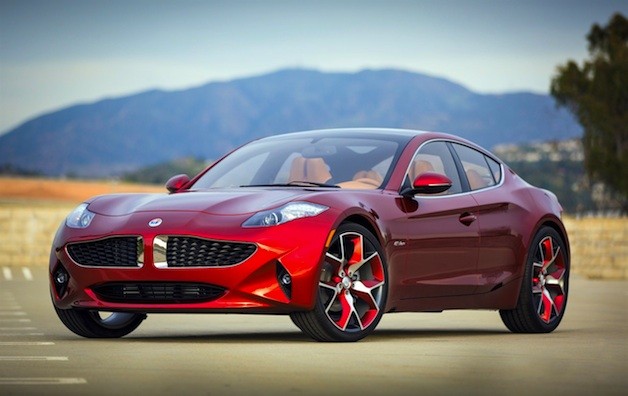


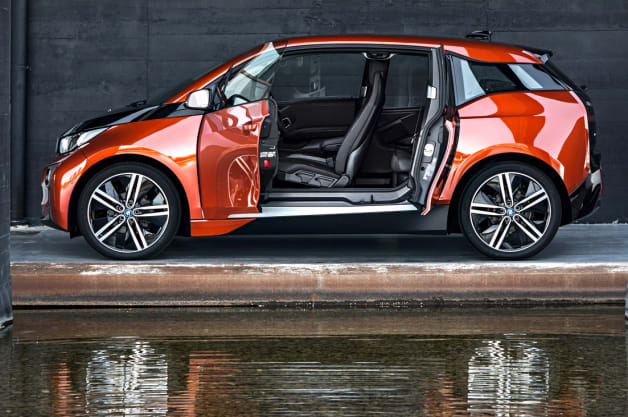







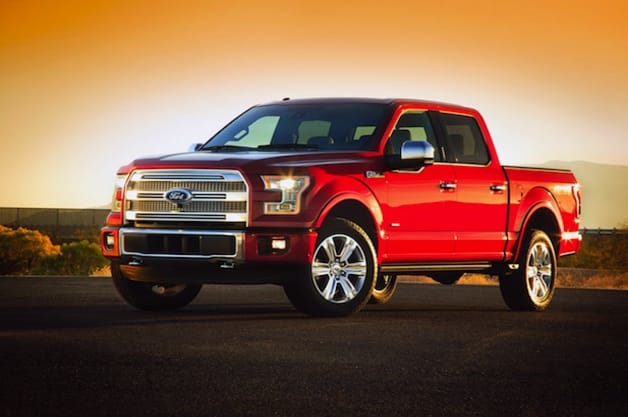

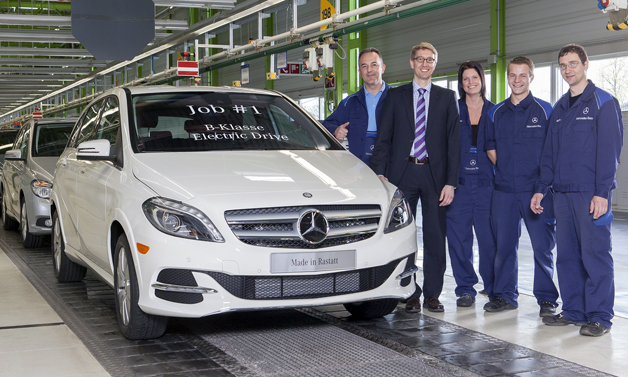
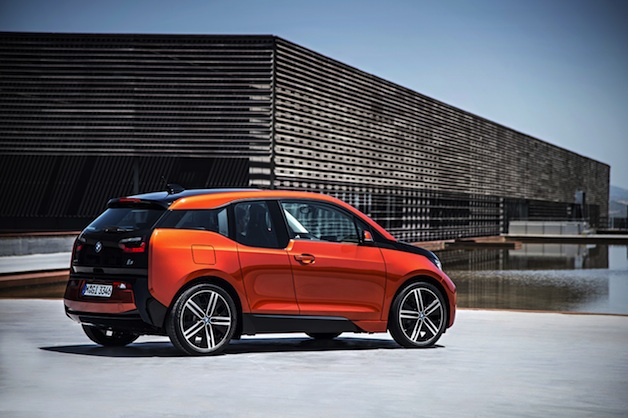

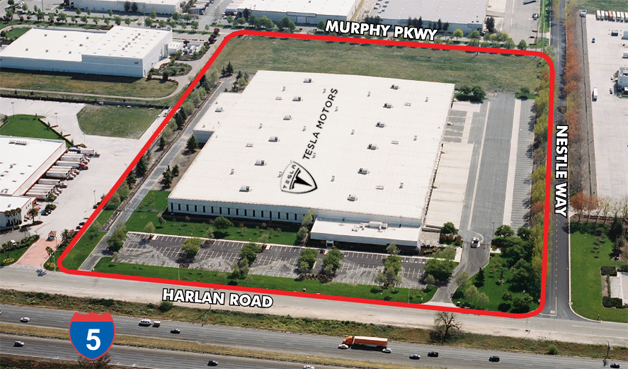
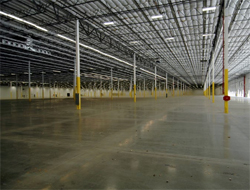 About an hour's drive east from its Fremont, CA factory, the property is located just off the north-to-south Interstate 5 (I-5) and has extra acreage to expand the building by another 124,980 sq-ft, if needed. Designed to handle a lot of shipping in and out, one side of the structure is gifted with 32 truck docking bays.
About an hour's drive east from its Fremont, CA factory, the property is located just off the north-to-south Interstate 5 (I-5) and has extra acreage to expand the building by another 124,980 sq-ft, if needed. Designed to handle a lot of shipping in and out, one side of the structure is gifted with 32 truck docking bays.